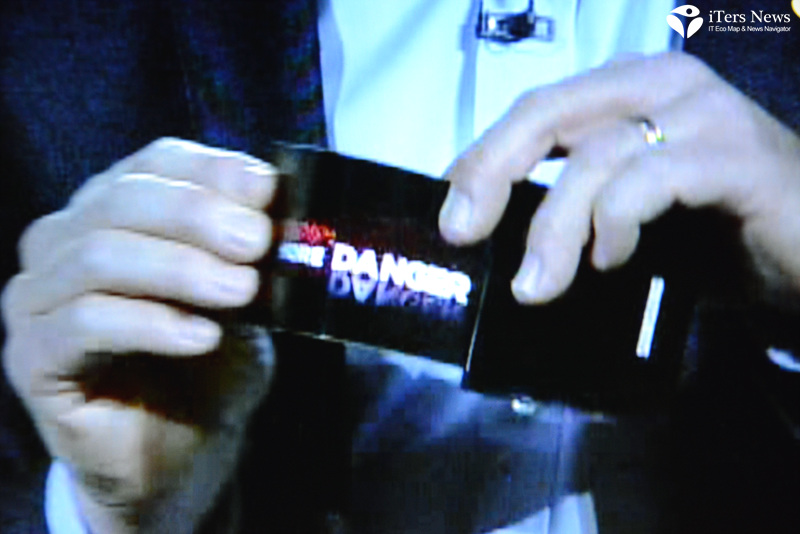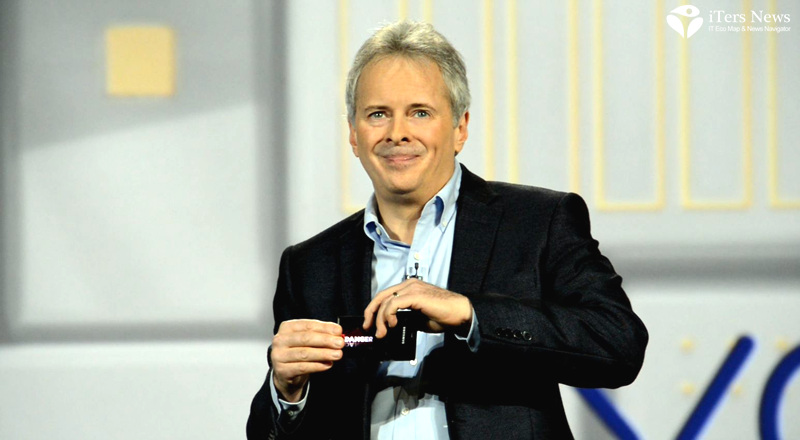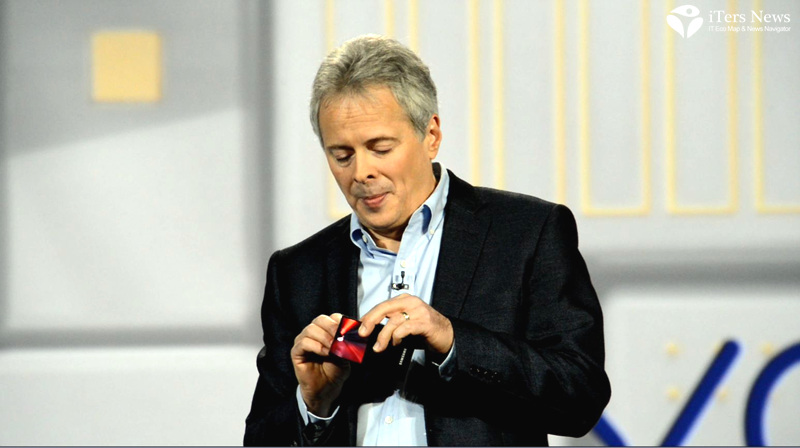(iTers News) - OLED, or organic light emitting diode display might end up being foldable, bendable, and rollable like a sheet of paper or plastic.
Imagine that you take out your flexible OLED smart phone from your shirt pocket, unfold it to the full to see a list of stock quotes, scrolling up and down screens along the list, and then fold up again in half to squeeze back it in your pocket. That’s not a distant pipe dream, but is an imminent realty.
Samsung Electronics Co., Ltd has made such technological wonders. The company today unveiled a paper-thin prototype plastic bendable OLED panel that is not only bendable, but also unbreakable.

Codenamed as “YOUM,” the flexible high-resolution display prototype is built on an extremely thin plastic, instead of glass.
To make it to the prototype, Samsung deposited a matrix of RGB OLED cells on a grid of plastic TFT backplane, which is a collection of thin films transistors fabricated on a plastic substrate.
Unbreakable, bendable
“When it comes to display, OLED is an ultimate display that delivers more vivid colors and much more black than any other displays. It is super-thin and light-weight. Because OLED produces their own light, they don’t require thick and power-consuming backlight, “ said Brian Berkeley, senior vice president of Samsung Display.
“Thanks to Samsung’ display technology, Samsung finally came to release the flexible, bendable display, “ he continued.
During the keynote session of Samsung system LSI president Stephen Woo, vice president Berkeley was brought on stage. He freely bent YOUM plastic OLED display inward and outward like a sheet of plastic to demonstrate how far it can be rolled up.
As it is bendable, Samsung can make a curved smart phone prototype by incorporating the YOUM.
Curved on edge
“You see screen curved on the edge of this display around here. Contents are now available on the side of devices. If you have important messages, for example, you can see them on the curved edge, said he.
“Our team was able to make a high resolution display on extremely thin plastic instead of glass, so it won’t break even if it’s dropped,” added he. “This new form factor will really begin to change how people interact with their devices, opening up new lifestyle possibilities ... [and] allow our partners to create a whole new ecosystem of devices.”
Samsung also showcased a super crystal clear 10.1-inch LCD, which is now used with Google Nexus 10 tablet PC. Built with more than 4 million pixels, the 10.i-inch LCD boasts a 2560x1600 resolution, or 300 pixels per inch (ppi) in what it said is the world’s highest pixel density ever of its kind. Using Samsung’s energy-efficient green LCD technology, however it consumes 25% less power, while offering the same resolution qualities as its predecessor.



Photos & Videos by JH Bae

